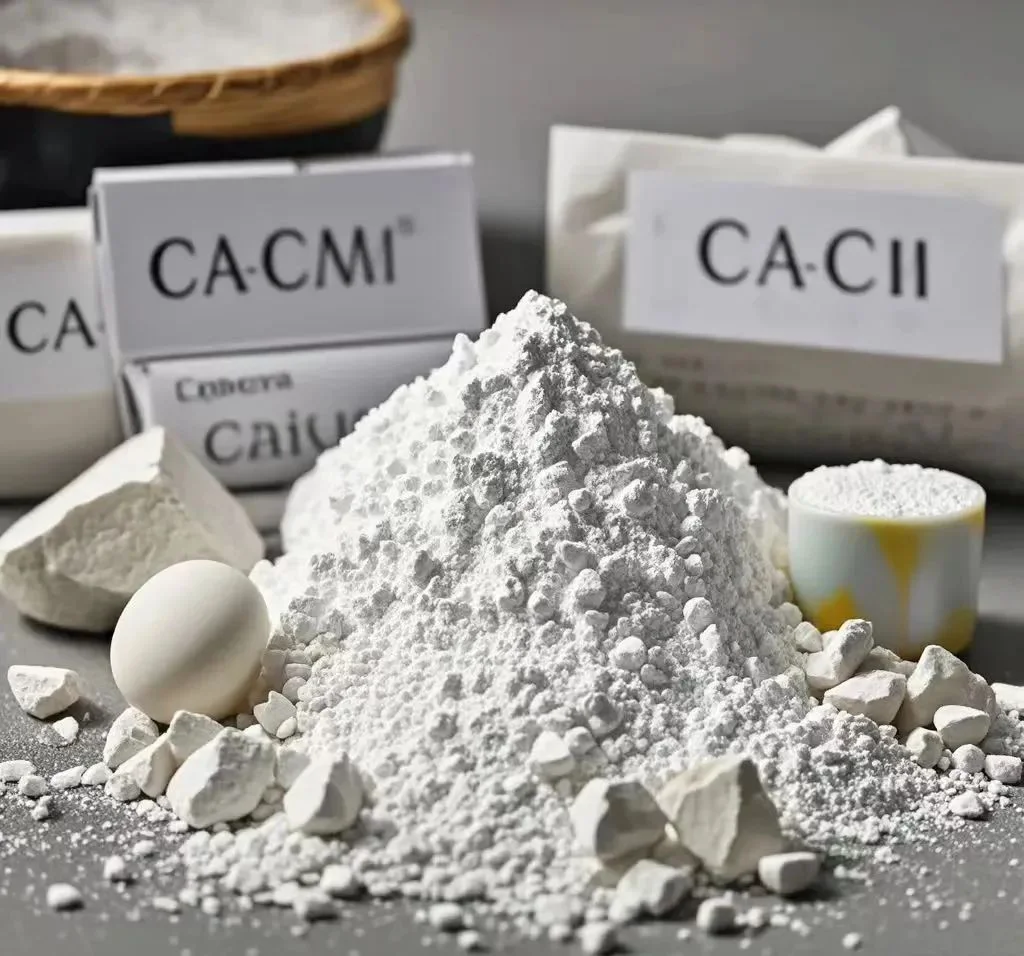A common method for producing heavy calcium carbonate is dry grinding. It is widely used due to its low cost, mature technology, simple process, low energy use, and high output. However, some problems may arise in production, including but not limited to:

Granularity limit
Dry grinding can technically produce products below 2500 mesh, but beyond this particle size, the economics are poor due to the sharp increase in energy consumption and cost. Therefore, for ultrafine powder requirements, dry grinding may not be the optimal choice.
Energy consumption and costs
As the particle size requirements of powders increase, the energy consumption of dry grinding increases significantly, which directly affects the production cost, making the production of ultra-fine heavy calcium economically uneconomical.
Particle size distribution
Dry milled products have a wider particle size distribution and may form multimodal distributions, which is a challenge in applications that require precise control of particle size distribution.
particle shape
The heavy calcium particles obtained by dry grinding are irregular in shape and have obvious edges and corners, which may affect the application performance of the final product, especially in industries that have special requirements for particle shape, such as filling materials for plastics and rubber.
Moisture control of powder
The dry process of making heavy calcium has high moisture. It’s hard to control it precisely. This may affect its use in some applications, like plastic processing. They need low moisture for good flow and dispersion.
Modification problems
For fine powders above 1250 mesh, dry modification may cause low activation and agglomeration. This can hurt the modification and the final product’s performance.
Equipment wear and tear
The dry grinding process causes wear from the direct collision between the material and the grinding media. It requires regular maintenance and parts replacement, increasing costs.
environmental issues
Dry grinding may produce more dust. This will harm the environment and worker health. It requires a dust removal system to control it.
temperature control
The dry grinding process may generate higher temperatures due to friction. This can affect the powder’s physical properties. Special attention must be paid to the handling of heat-sensitive materials, for example.
Product purity
Dry grinding may create dust. This can lower the product’s purity.
To fix these problems, producers usually try to:
- Optimize process parameters.
- Use efficient classifiers.
- Improve grinding media.
- Enhance surface modification tech.
These steps aim to boost product quality and production efficiency.